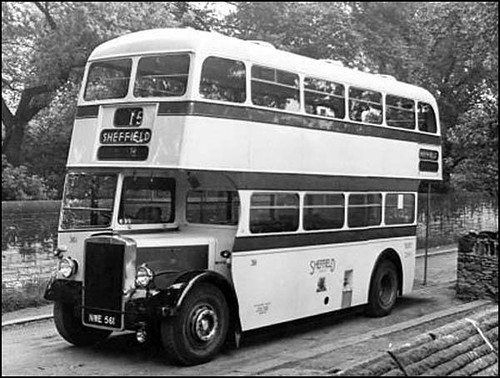
What is the difference between a liturgist and a terrorist? You can negotiate with a terrorist. The quip seems to be used as a means of putting down people who prefer traditional liturgy, but it raises an important question. What is a liturgist? Who are liturgists?
I would suggest that those who favour a vernacular Mass with hymns drawn from the Protestant repertoire are no less deserving of the term than those who would rather attend Mass in Latin with Gregorian chant and Renaissance polyphony. In one way or another, every one has preferences. That feelings often run so strongly in either direction only confirms the truth of the quip.
It was not always so. The liturgy was a given, and one just got on with reading what was in the books using the music that went with the texts. There was not much to discuss or argue about and preferences did not come into it.
In this respect, going to Mass was much like travelling by public transport. You took it as it came, and you knew exactly what was coming. For much of the twentieth century, most British buses looked like the one in the picture. The driver sat in his own cab, separated from the passengers by a window. The engine was at the front to the left of the driver's cab. There was an open platform at the back where you stepped on and off, and a conductor took the fares one the passengers were on board and seated. It was an easy vehicle to use. You did not have to fumble for your change just as you were getting on the bus. The internal layout of the seats was simple, tidy and comprehensible. The design was inexpensive to build and maintain. With well-placed grab rails, good circulation space and no need to pay the driver, waiting time at stops was minimal. This style of vehicle was ubiquitous. It could be seen from Aberdeen in the north to Truro in the south-west, and all places in between, making it part of the shared landscape and personal space of everyone in the country.
For various reasons these vehicles began to be regarded as inadequate from the 1960s onwards. Standardisation fell apart. All sorts of configurations were tried, with engines, doorways and staircases in different places, in seemingly endless variation. None of these was particularly satisfactory, they were unpopular with the public. Just to get on to a bus became a disorientating experience. Journey times doubled due to the extra time spent standing at stops. This was undoubtedly a factor in the fall in the number of passengers travelling by bus. Eventually, London was the only place where they were in regular service and bus use remained high. These survivors were the famous and iconic Routemasters, which continued until 2005, by which time they were about 45 years old; the design was the inspiration for a new generation of London buses which started to come into service in 2012.
Given that the liturgy is, likewise a shared part of our mental landscapes, and that standardisation fell apart at roughly the same time as standardised bus design came to an end, it should not be surprising that everyone has a strong view on the subject. Thus we are all liturgists.
Inga kommentarer:
Skicka en kommentar